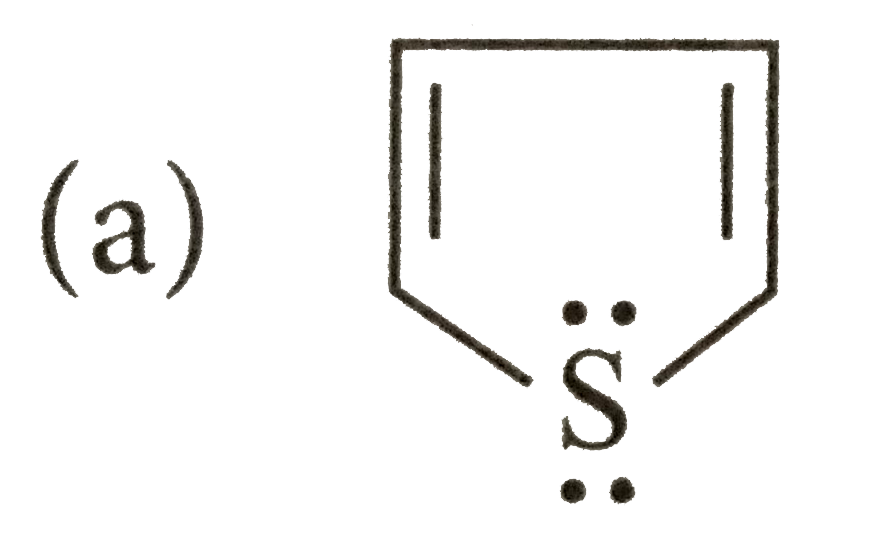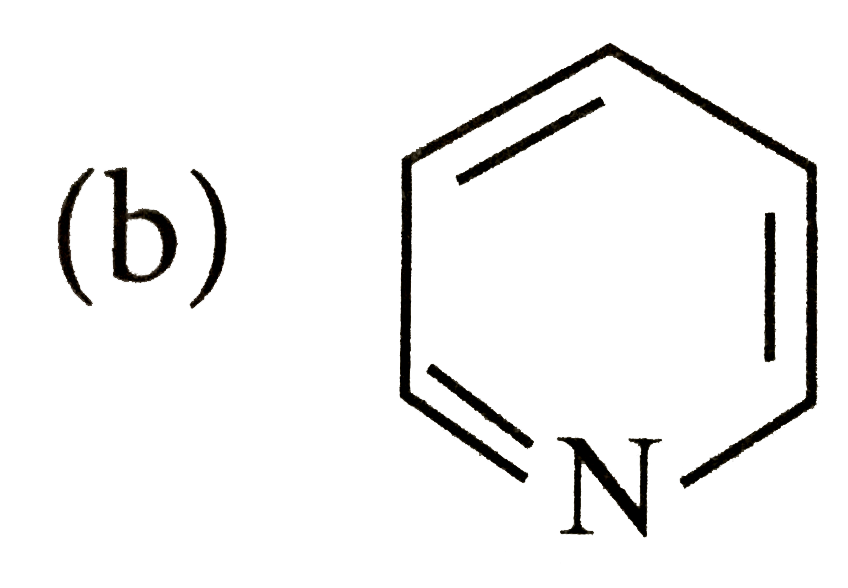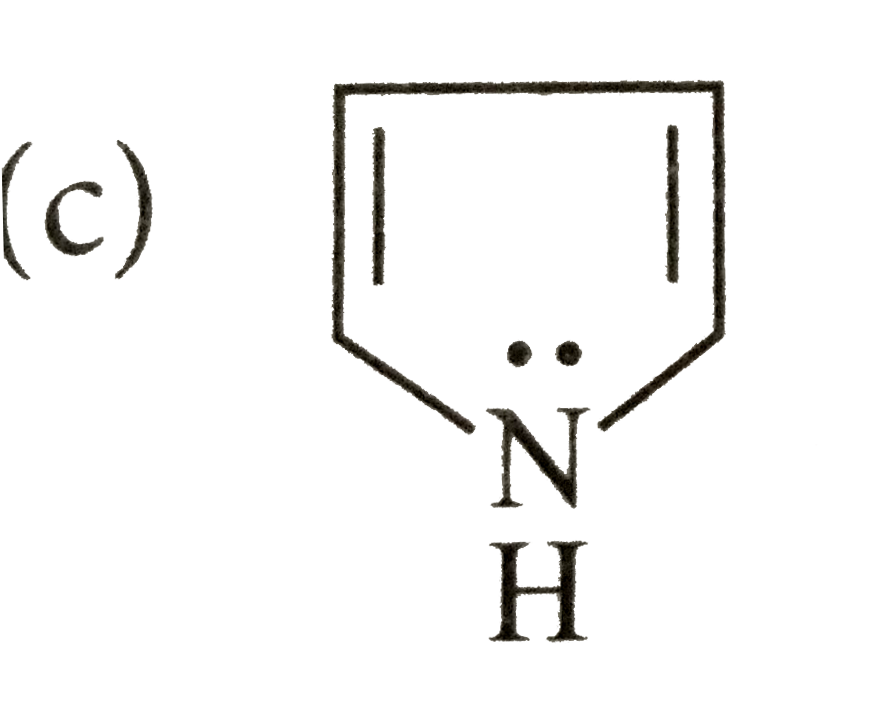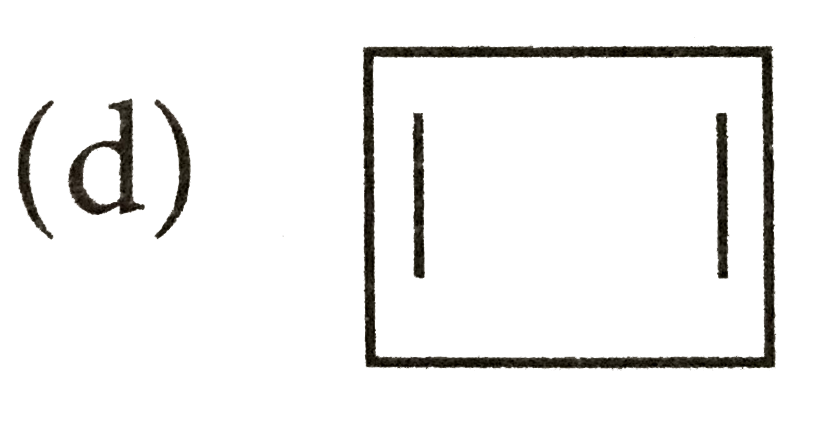Which of the following defects does KBr show?
Frenkel
Schottky defect
Metal excess
Metal deficiency
The correct Answer is:B
To determine which type of defect KBr (potassium bromide) shows, we can follow these steps:
1. Identify the Composition of KBr:
- KBr is composed of potassium ions (K⁺) and bromide ions (Br⁻). Potassium is an alkali metal, and bromine is a halogen.
2. Understand Types of Defects in Crystals:
- In solid-state chemistry, defects can occur in crystalline solids. The main types of defects include:
- Schottky defect
- Frenkel defect
- Interstitial defect
- Substitutional defect
3. Define Schottky Defect:
- A Schottky defect occurs when an equal number of cations and anions are missing from their lattice positions. This results in vacancies in the crystal structure.
4. Analyze the Characteristics of KBr:
- KBr is a typical alkali metal halide. Alkali metal halides, like KBr, often exhibit Schottky defects due to the similar sizes of the cations and anions.
5. Conclusion:
- Since KBr is an alkali metal halide and the size of K⁺ and Br⁻ ions are relatively similar, KBr will show a Schottky defect.
Final Answer:
KBr shows a Schottky defect.
- KBr is composed of potassium ions (K⁺) and bromide ions (Br⁻). Potassium is an alkali metal, and bromine is a halogen.
- In solid-state chemistry, defects can occur in crystalline solids. The main types of defects include:
- Schottky defect
- Frenkel defect
- Interstitial defect
- Substitutional defect
- A Schottky defect occurs when an equal number of cations and anions are missing from their lattice positions. This results in vacancies in the crystal structure.
- KBr is a typical alkali metal halide. Alkali metal halides, like KBr, often exhibit Schottky defects due to the similar sizes of the cations and anions.
- Since KBr is an alkali metal halide and the size of K⁺ and Br⁻ ions are relatively similar, KBr will show a Schottky defect.
KBr shows a Schottky defect.
Topper's Solved these Questions
- BOOK - NARENDRA AWASTHI ENGLISHCHAPTER - SOLID STATEEXERCISE - Level-232videos
SOLID STATE
- BOOK - NARENDRA AWASTHI ENGLISHCHAPTER - SOLID STATEEXERCISE - Level 3 passage -11videos
SOLID STATE
- BOOK - NARENDRA AWASTHI ENGLISHCHAPTER - IONIC EEQUILIBRIUMEXERCISE - Subjective problems1videos
IONIC EEQUILIBRIUM
- BOOK - NARENDRA AWASTHI ENGLISHCHAPTER - STOICHIOMETRYEXERCISE - Match the Colum-II6videos
STOICHIOMETRY
Similar Questions
Knowledge Check
- Question 1 - Select One
Which of the following elements does not show allotropy ?
A1. NitrogenB2. BismuthC3. AntimonyD4. Arsenic - Question 2 - Select One
Which of the following elements does not show disproportionation tendency?
AClBBrCFDI - Question 3 - Select One
Which of the following species does not show aromaticity?
A B
B C
C D
D
Which of the following elements does not show disproportionation tendency?
View SolutionWhich of the following element does not show the variable oxidation state ?
View SolutionWhich of the following element does not show the variable oxidation state ?
View SolutionWhich of the following element does not show −3 oxidation state.
View SolutionWhich of the following reactions does not show the correct products of the reaction?
View Solution

